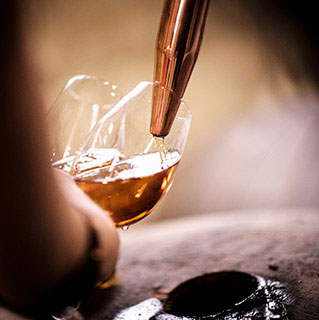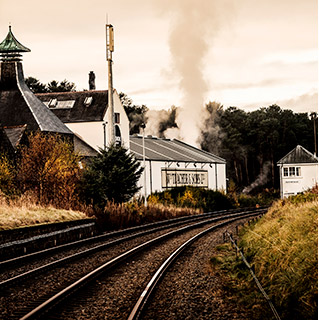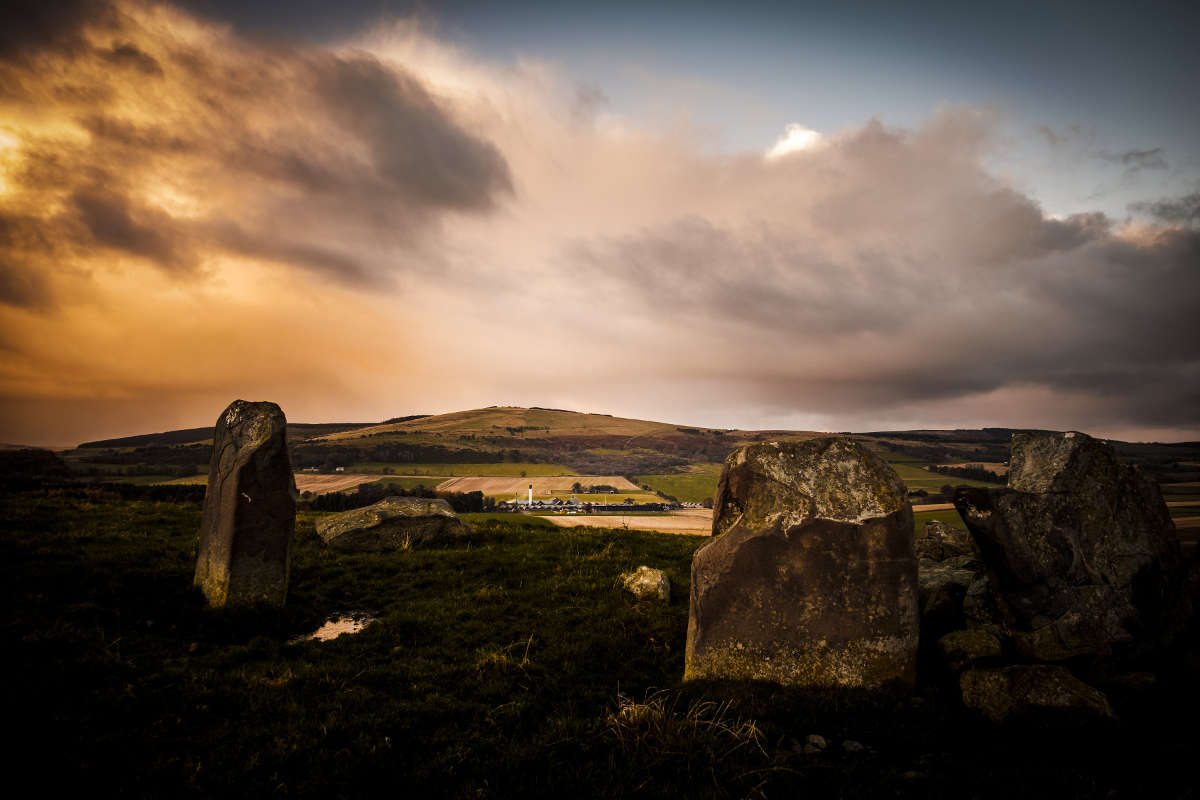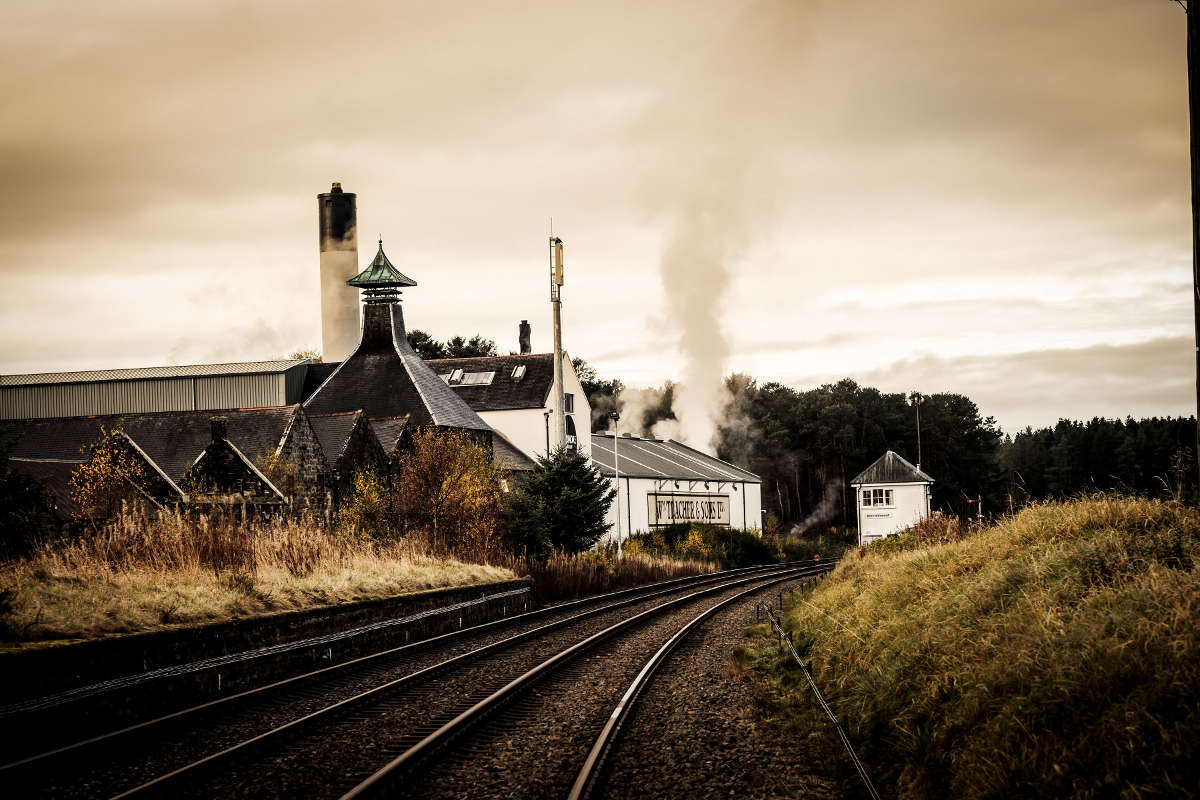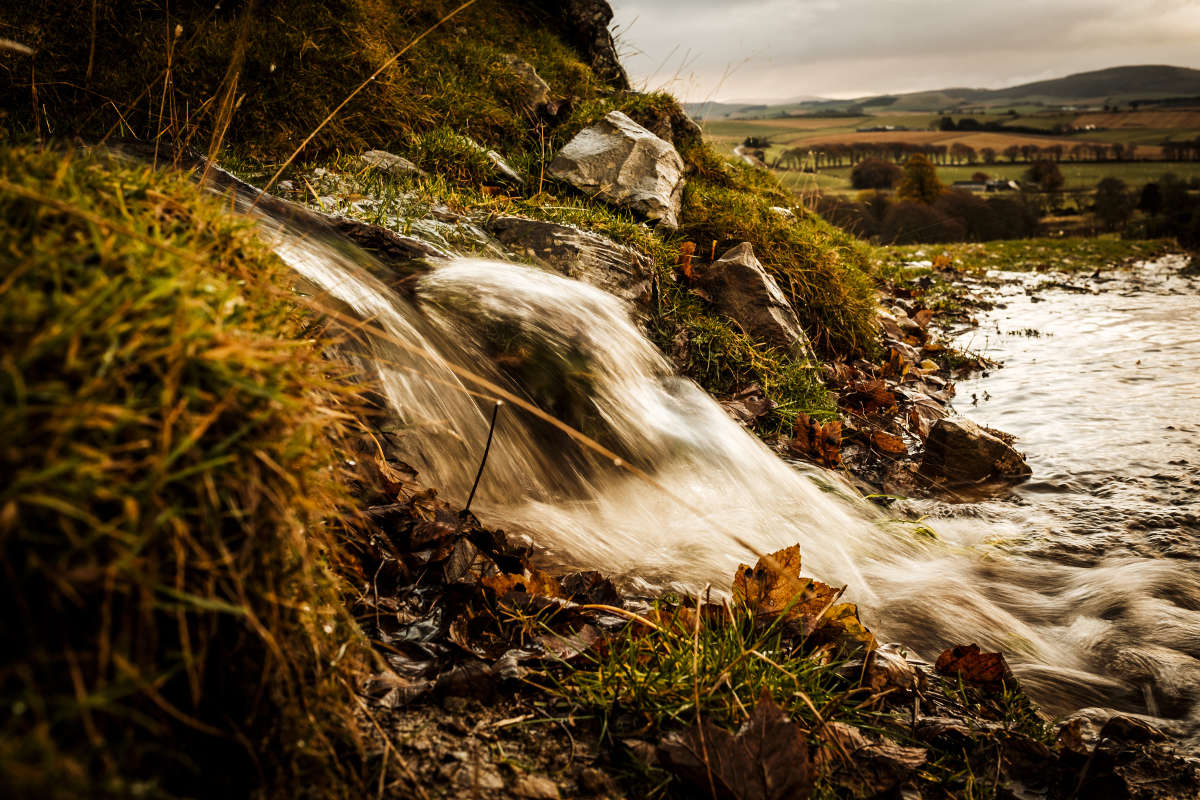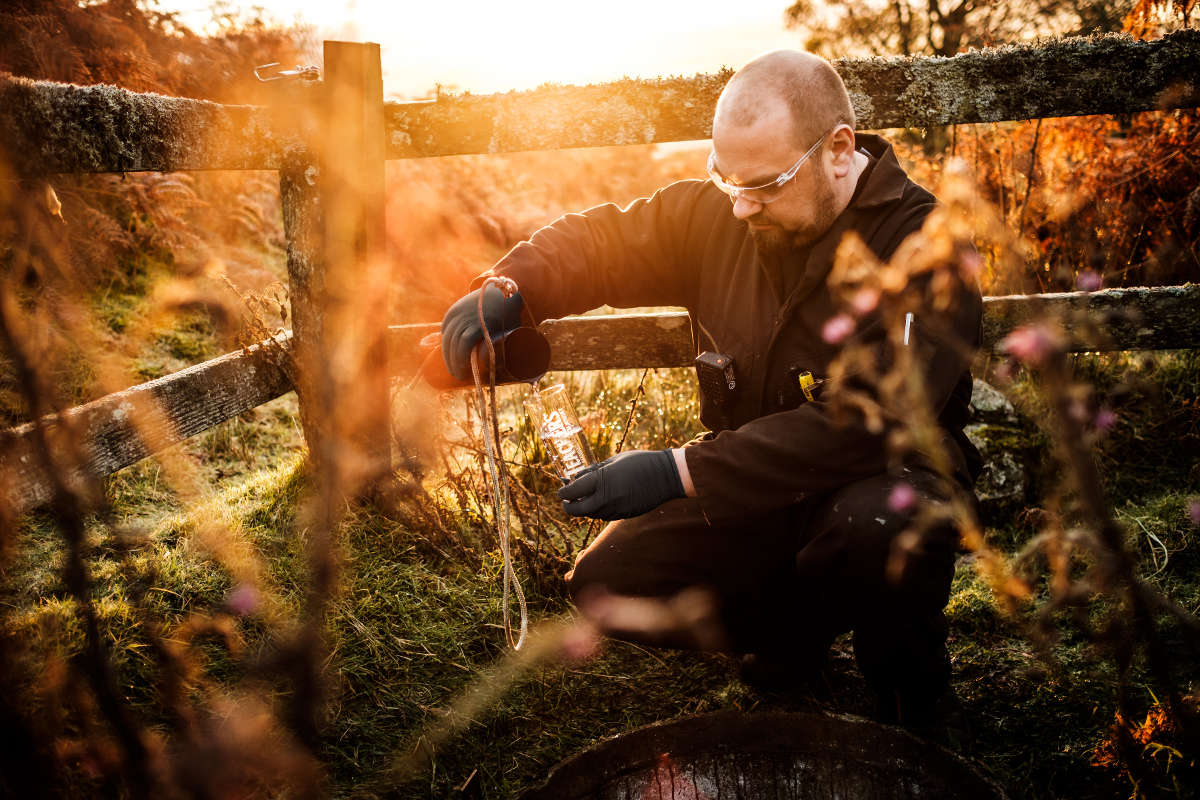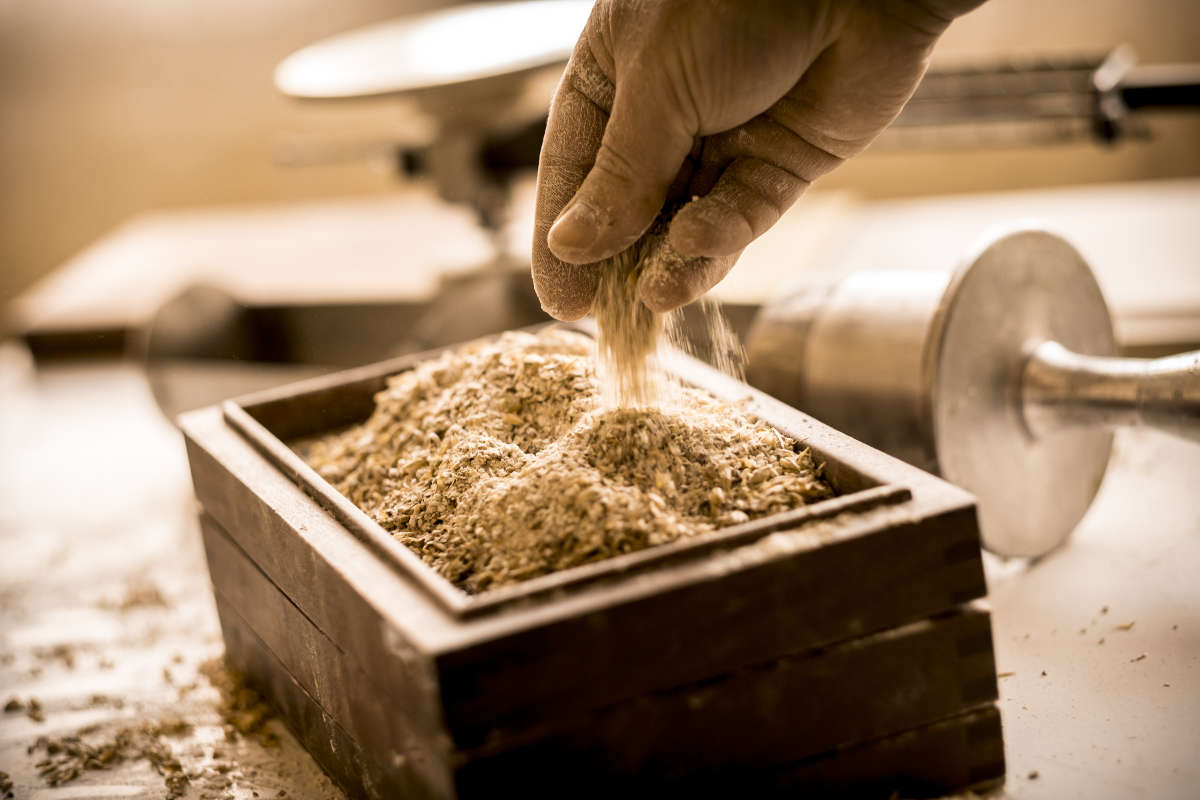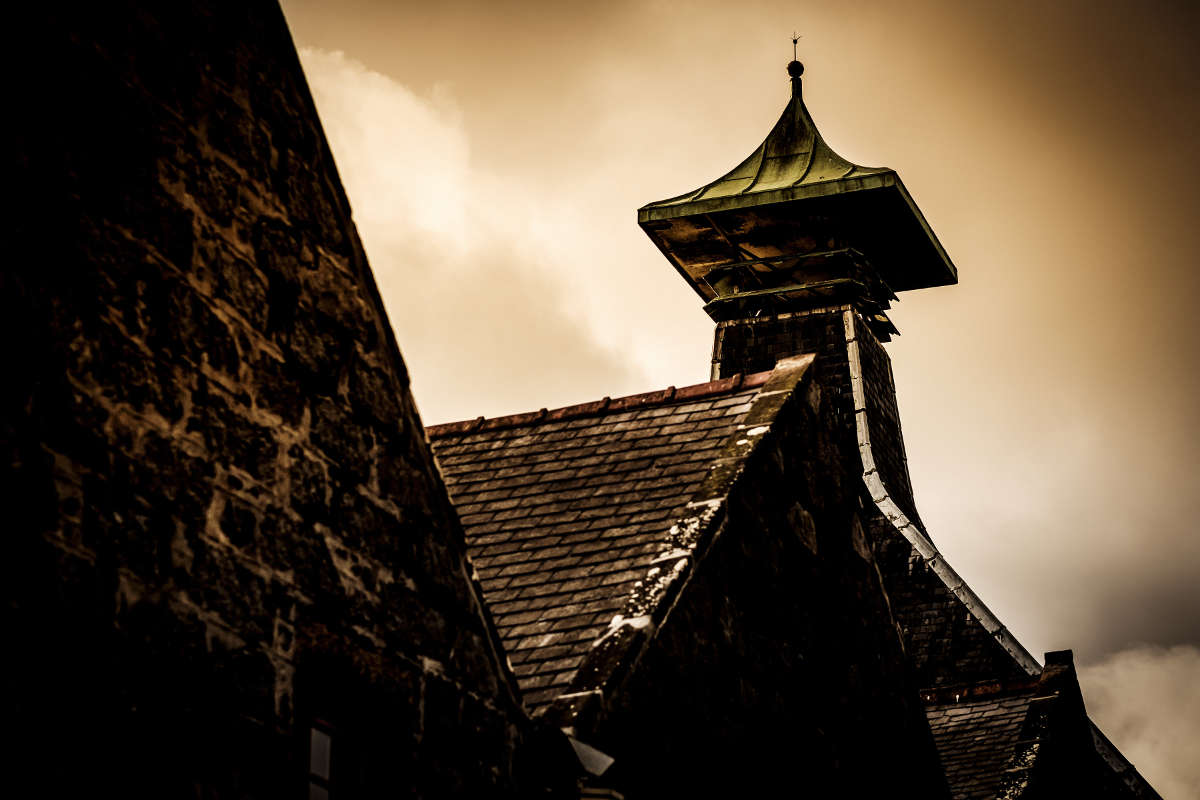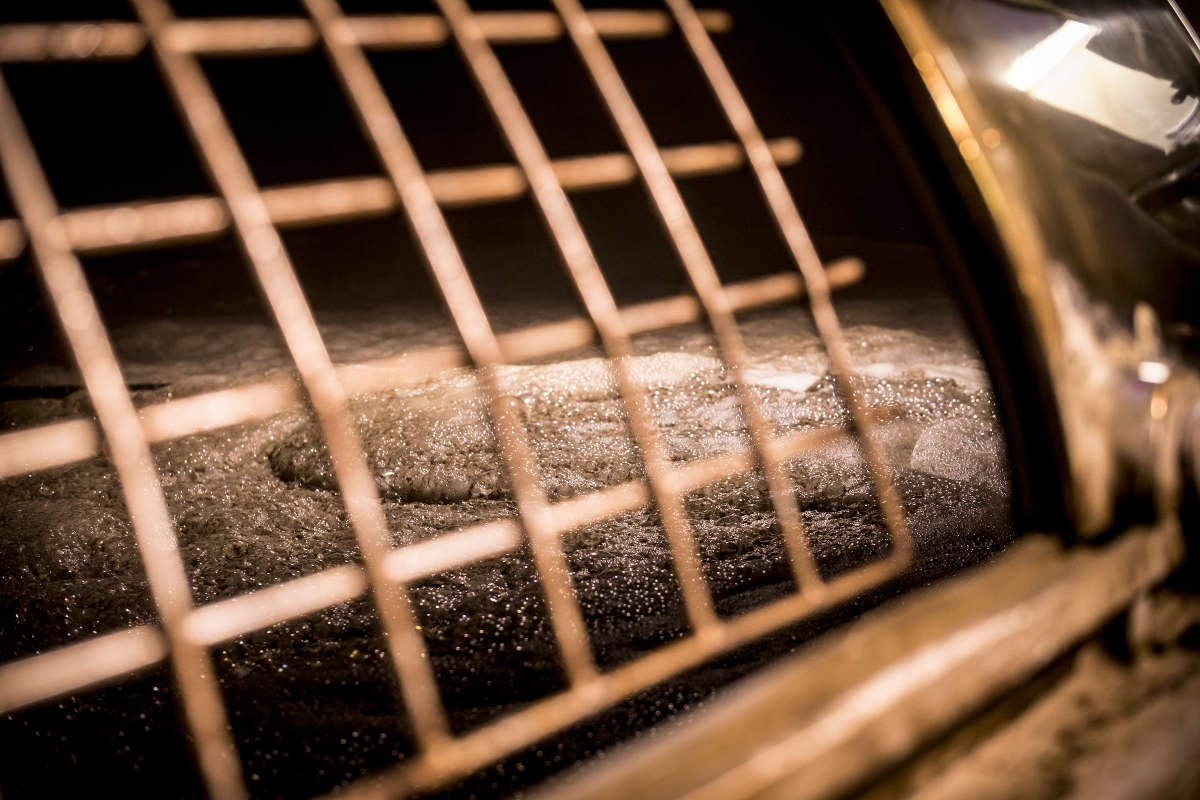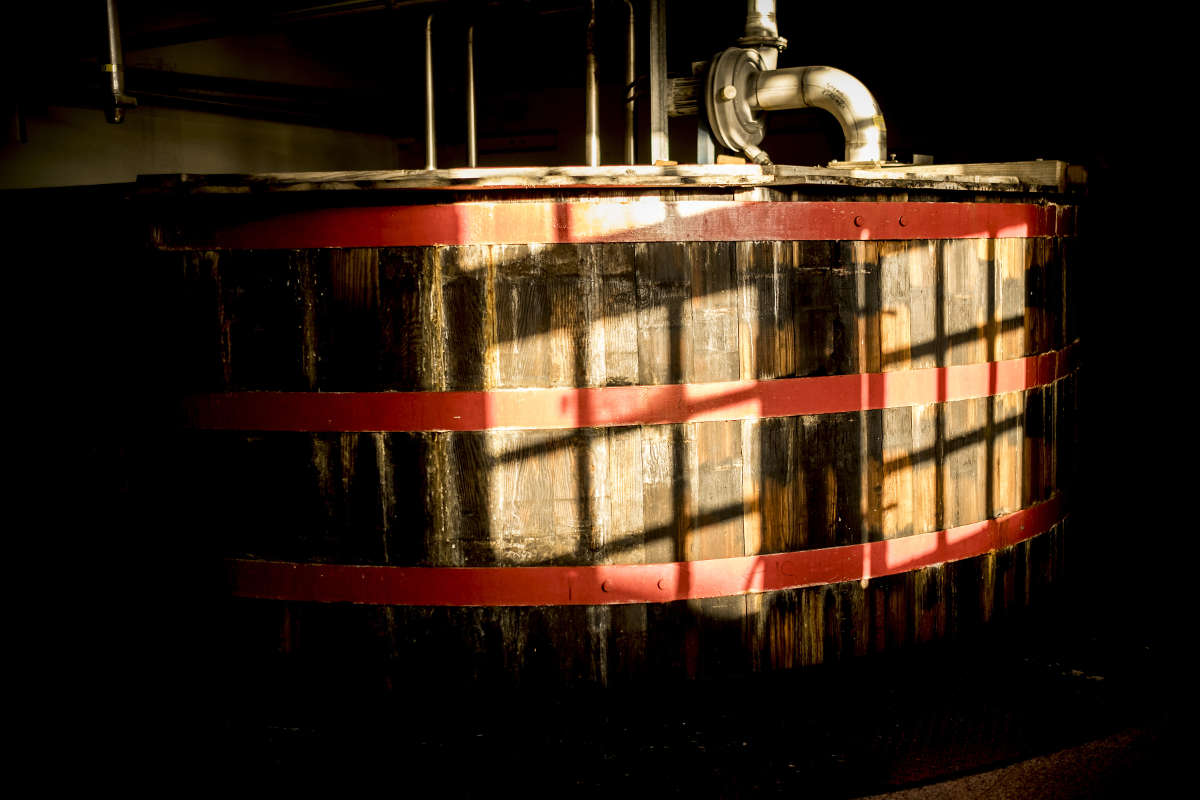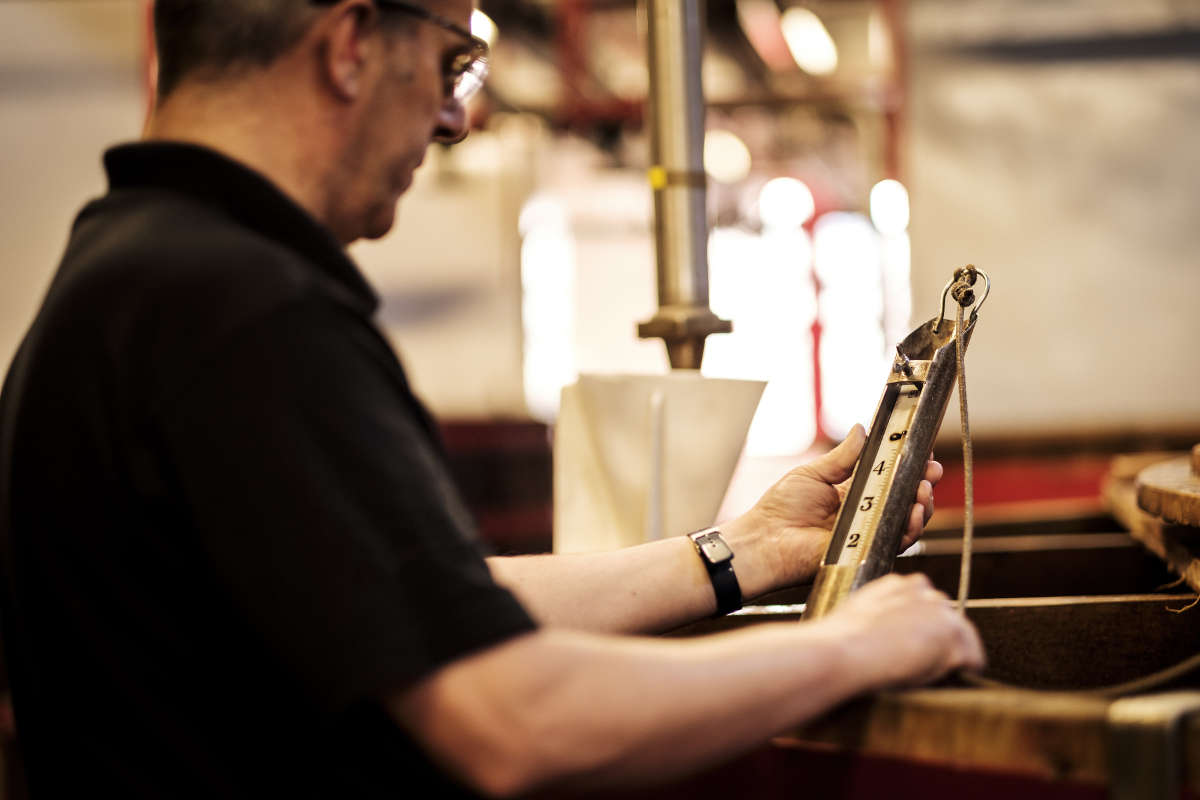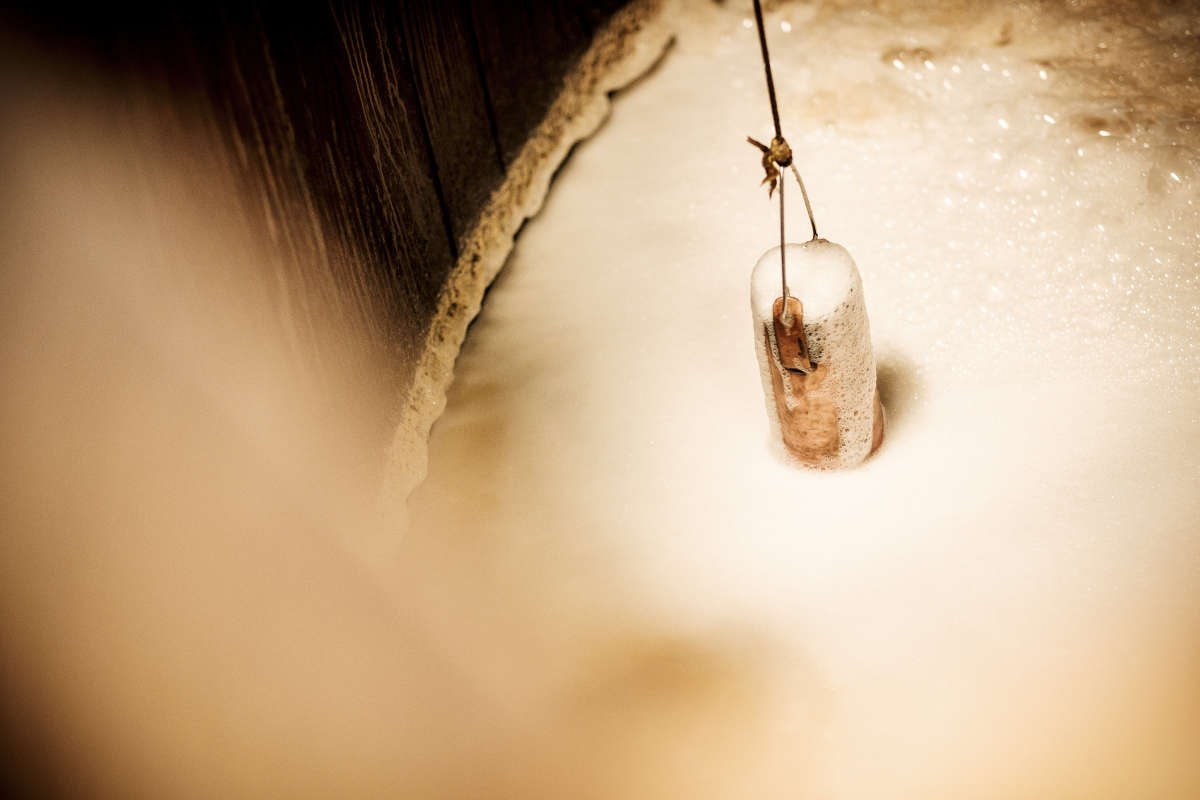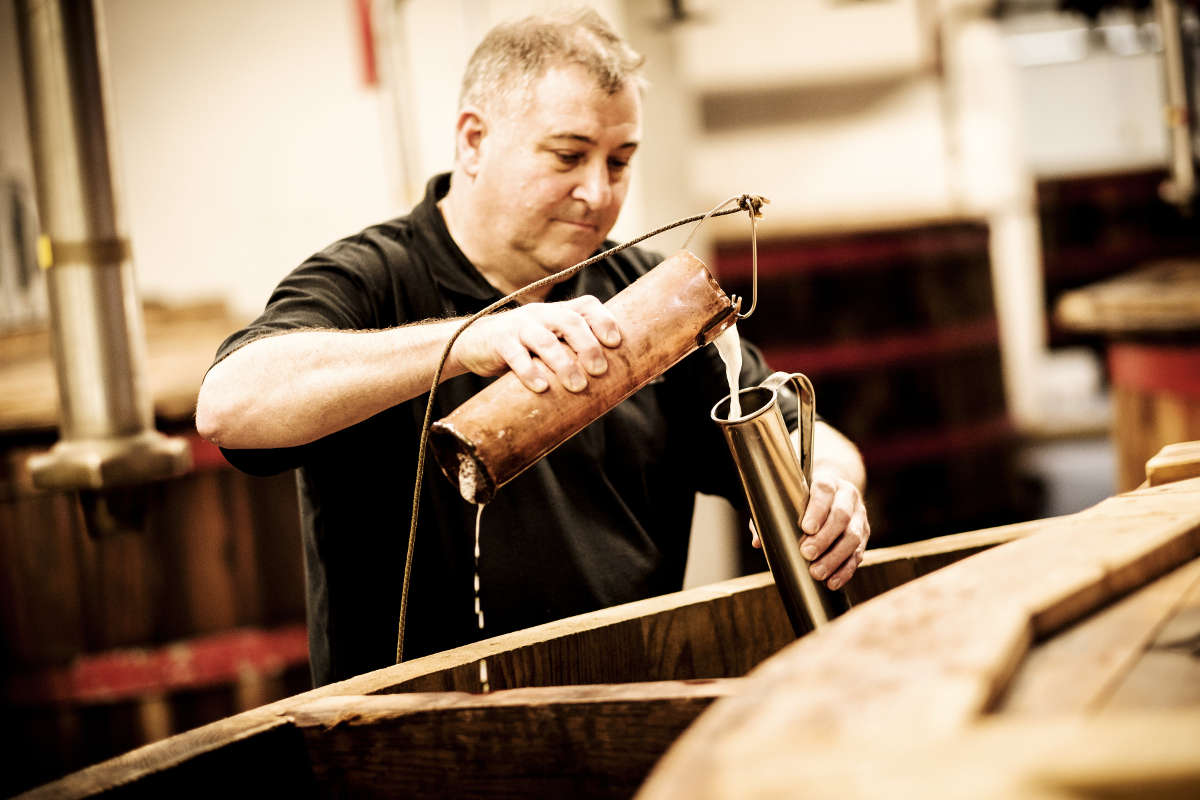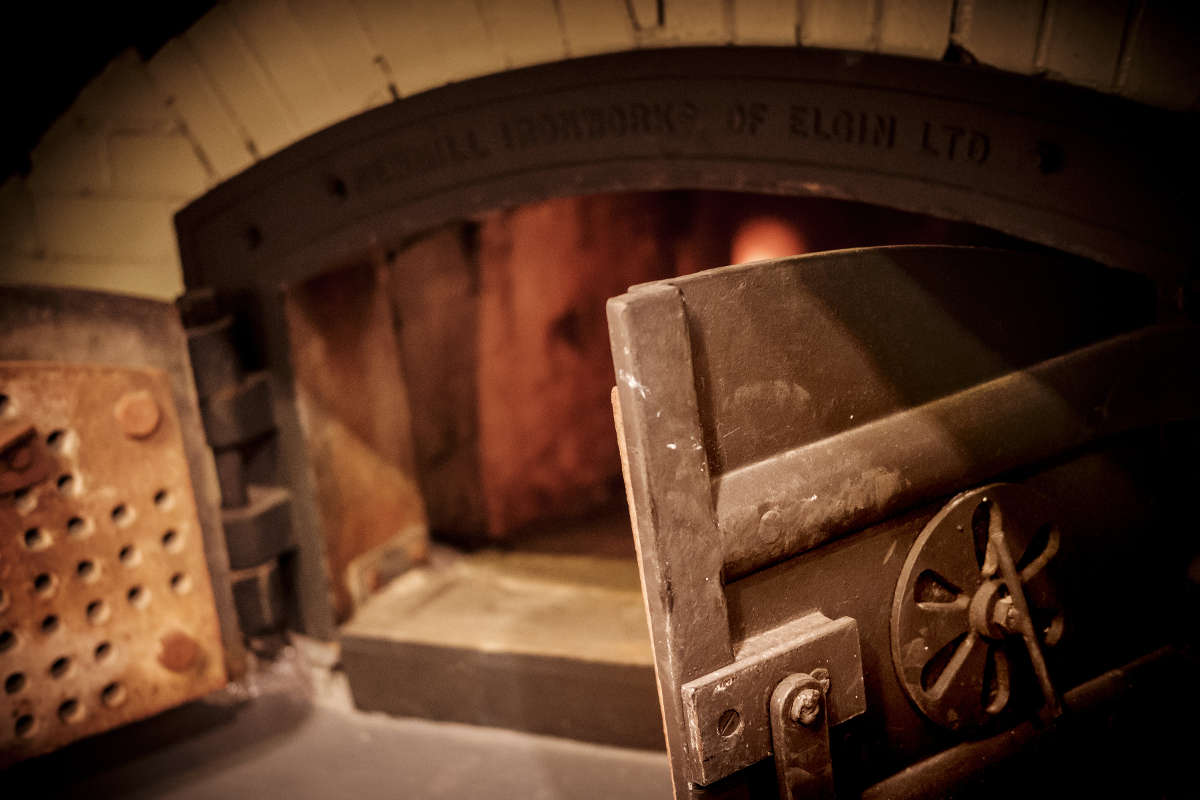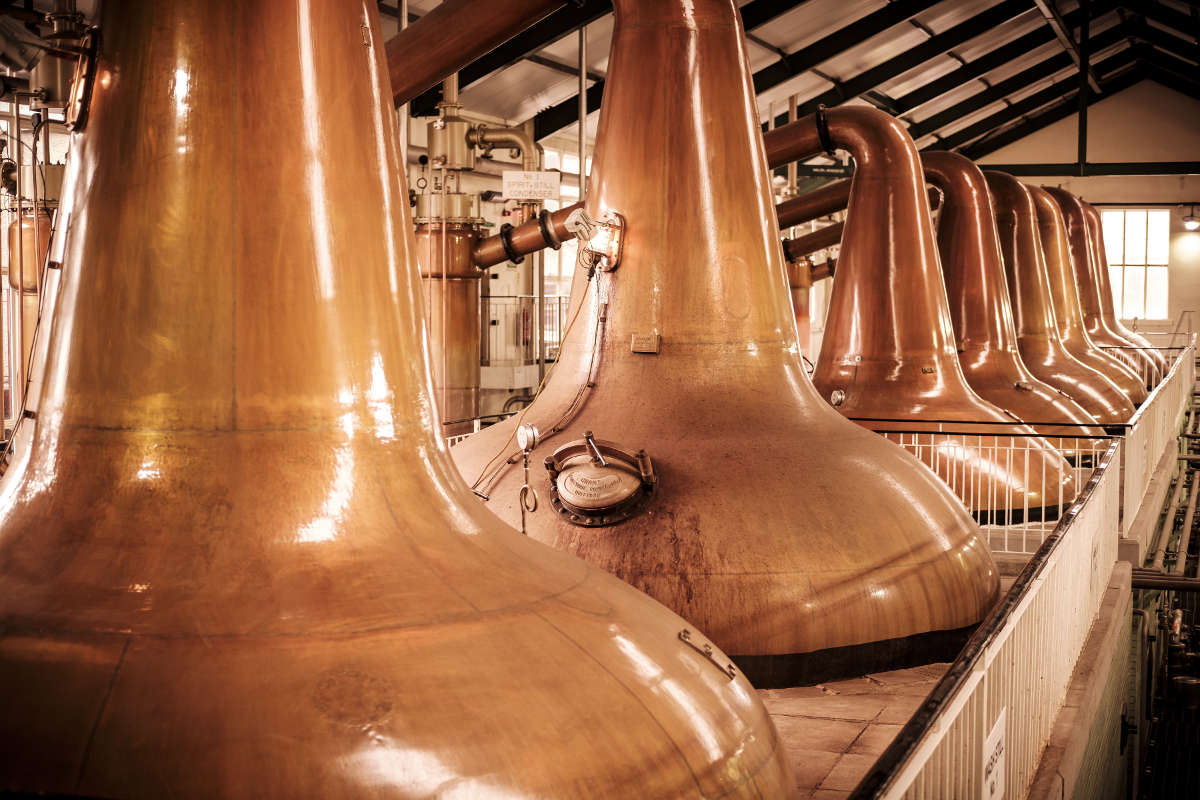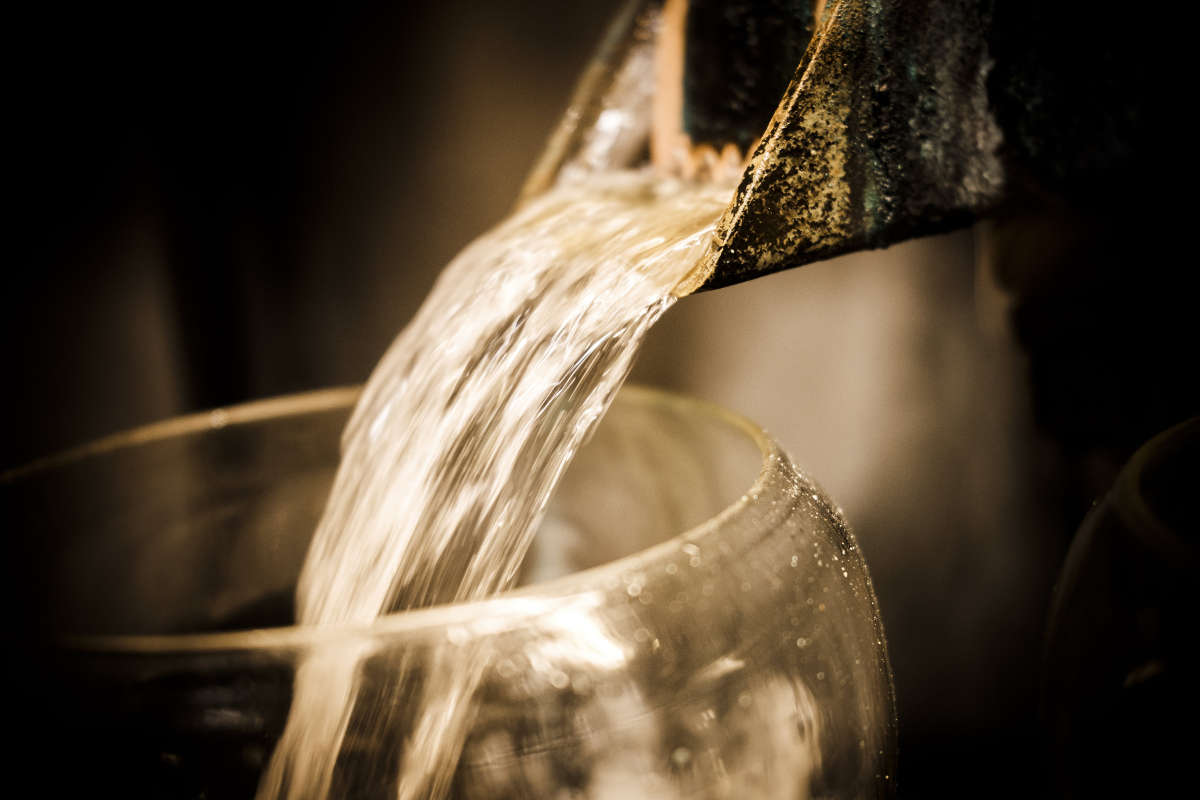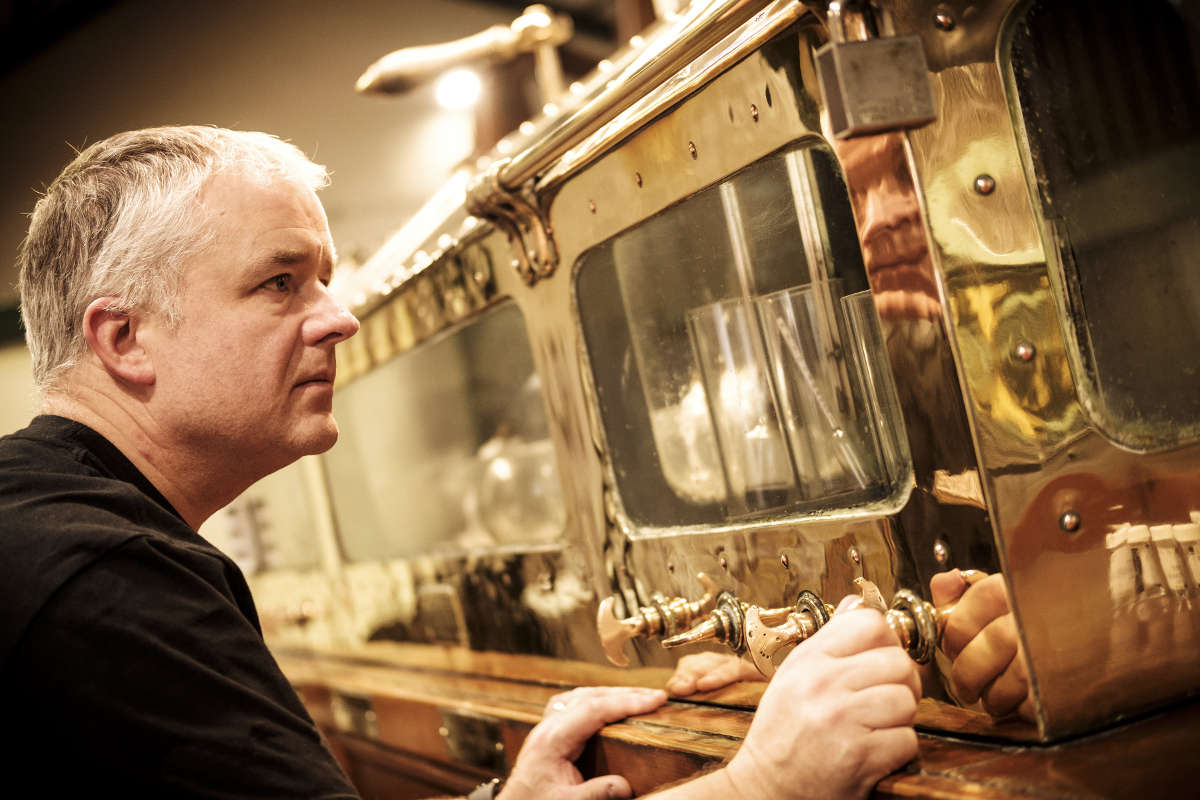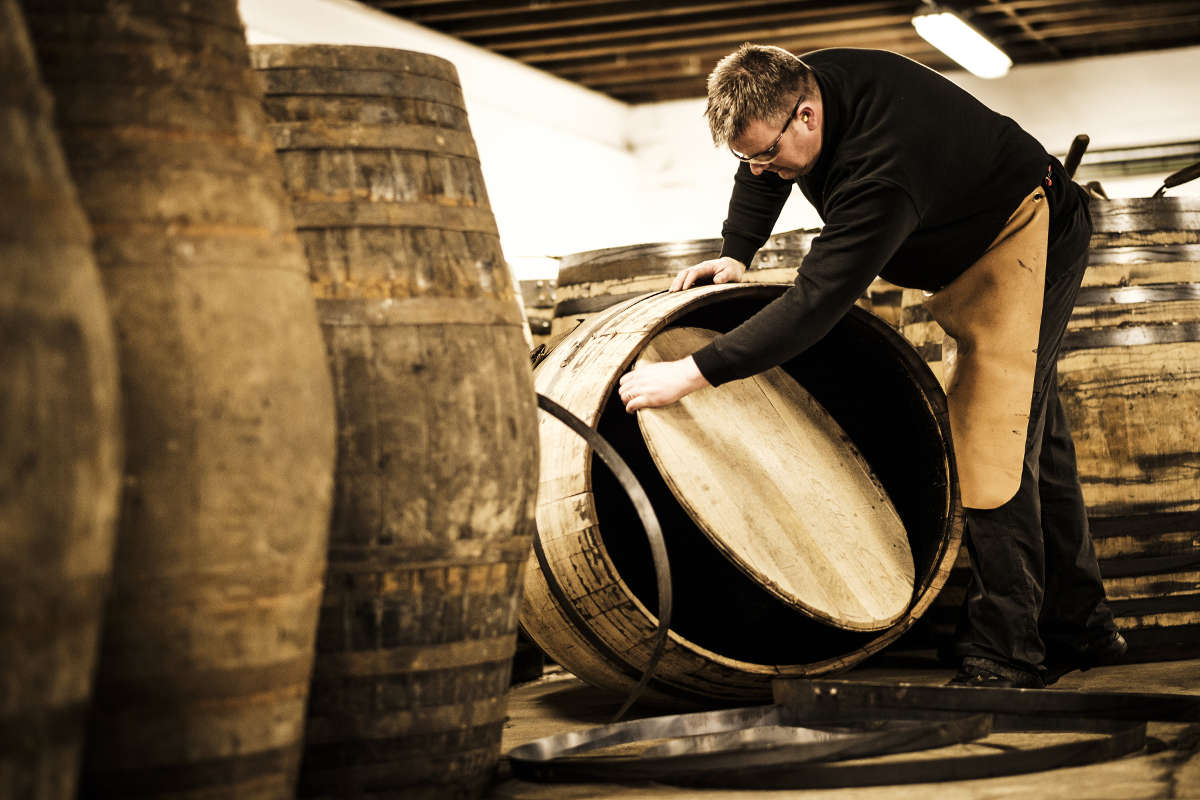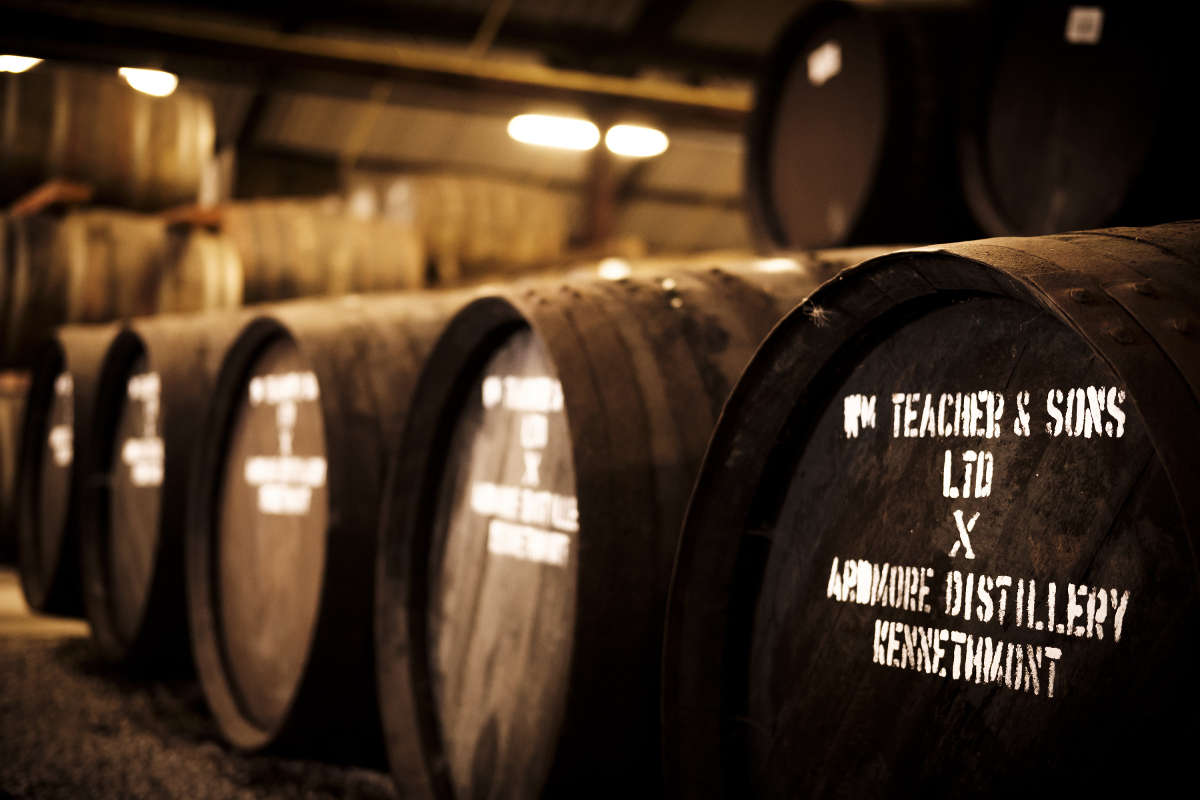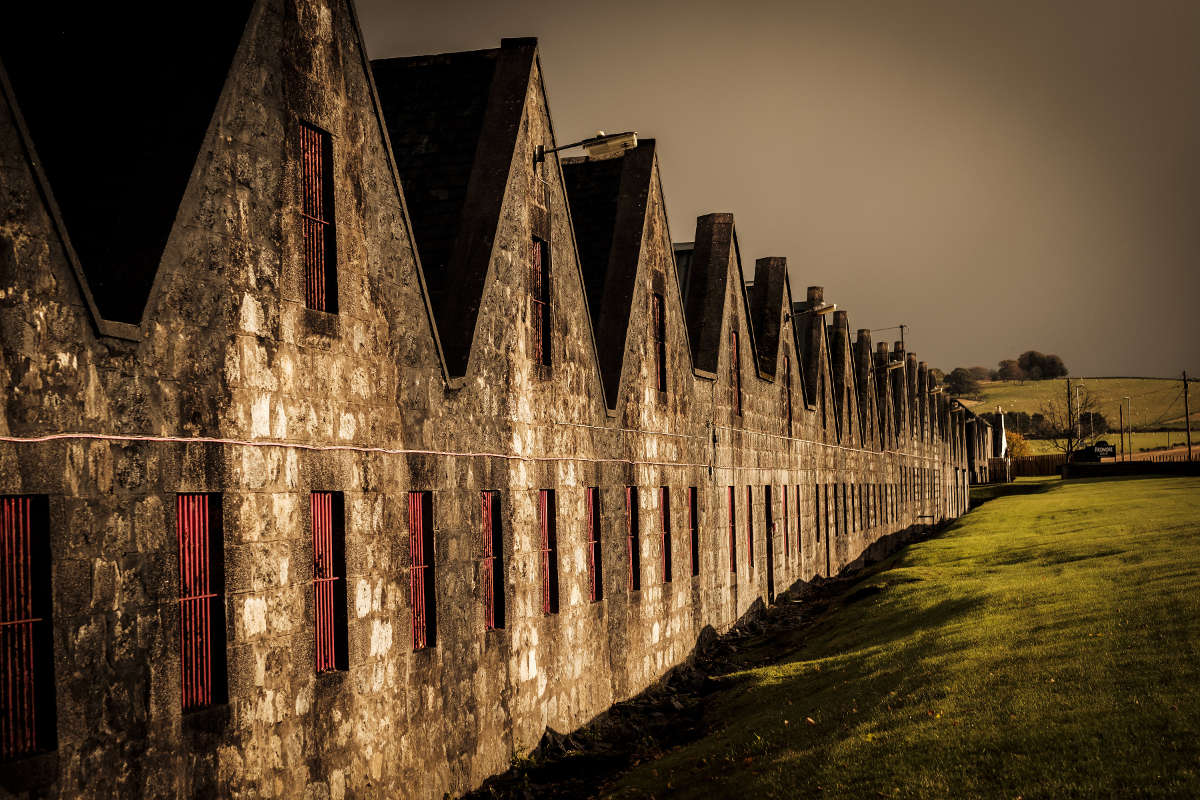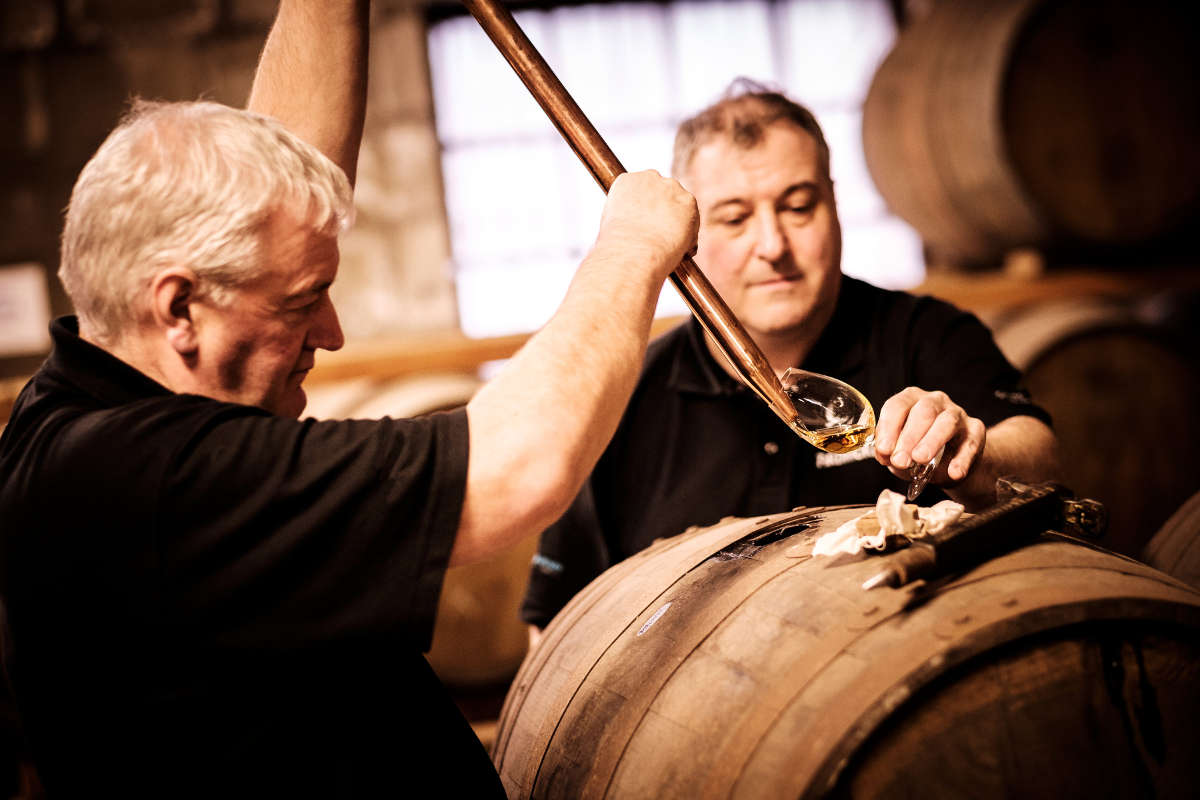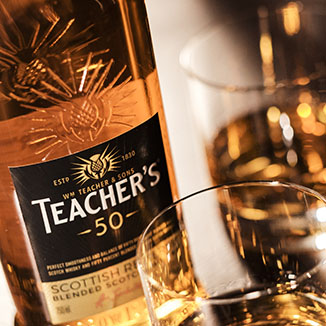
Our story
Modern history
The Scotch whisky market at the start of the twentieth century appeared robust but the good times didn’t last and the number of operating distilleries dropped from over 150 down to around just 15. Economic depression and the Temperance movement alongside rising tax levels in the UK all contributing to this turn of events. It was a difficult time for all, not just the purveyors of whisky.
The tide changed however and in 1933 with the end of prohibition, legal trade to America resumed and it was during this year that Teacher’s shipped their first consignment on the Cunard Steamer Scythia. The company continued to grow and in 1960 the Glendronach distillery was acquired and a new blending facility was in constructed in Glasgow 2 years later.
In 1972 Teacher’s annual sales in the UK alone exceeded 1 million cases for the first time. In 1976 Allied Breweries took over Teacher’s and in the late 1980s, Teacher’s Highland Cream was the second best selling blend in the UK with over 150 export markets and notable success in India.
Experimentation with new blends of whisky continued and in 1997 Teacher’s launched the Teacher’s 50, in commemoration of 50 years of independence in India. In 2010 and 2012, Teacher’s Origin and 25YO were added to the portfolio. Allied Breweries sold off its spirits assets and Jim Beam took over Ardmore and the Teacher’s brand. In 2014 these were then purchased alongside other Beam assets to Suntory Holdings of Japan.
To create an award-winning, blended Scotch whisky, takes years of experience and a detailed knowledge of distilleries and whiskies. The Master Blender selects and crafts the composition of single malts and grain whisky in order to create the unique flavour profile. The malt in Teacher’s is peat smoked, which is what gives our whisky it’s deep flavour and amber colour.
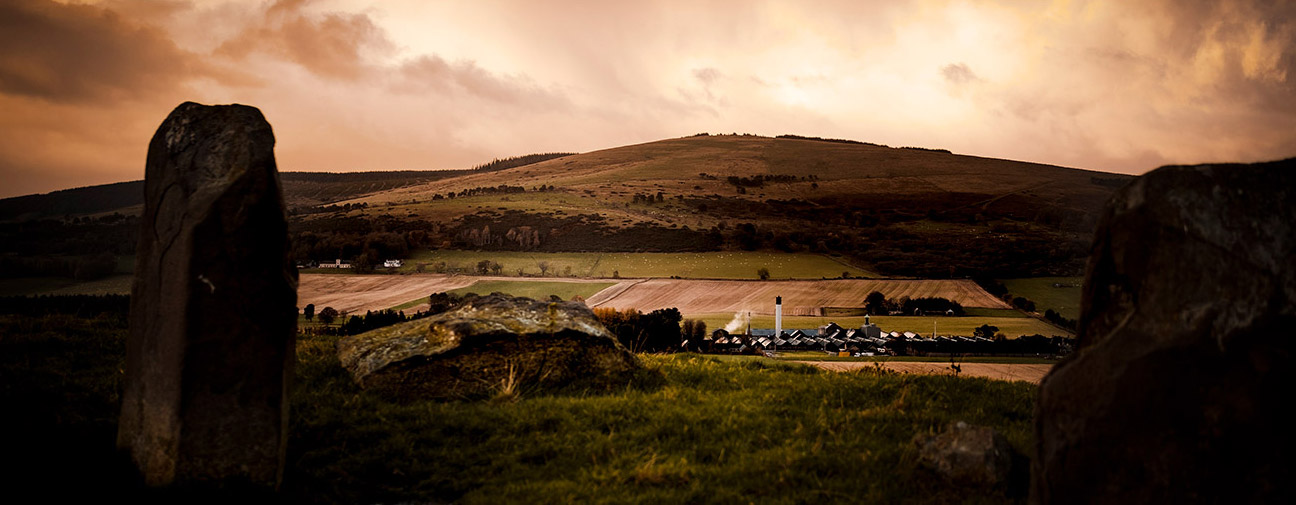
Our story
1890s. The boom years
The first exports left the UK in around 1878 destined for New Zealand, shortly followed by shipments to Norway, Italy, the West Indies, Australia and Thailand. It was around this time that merchants had begun to recognise the value of maturing spirit in oak barrels over a period of time. As vessels travelling overseas needed weight or ballast to stabilise them, Teacher’s took to transporting barrels of whisky to Australia by sea then bringing them back to Scotland. The weight of the whisky was used to stabilise the vessels, but more importantly it provided time for the spirit to mature. Up until this point, the company had been totally dependent on outside distilleries for its supply of whisky but Adam Teacher was to change all of that.
In 1895 Adam Teacher took the significant step of purchasing land in Aberdeenshire at the highest point of the Northern railway line, 600 feet above sea level.
The proximity of the railway line was critical as it allowed the transportation of materials from Glasgow to this remote corner of Scotland. Building work on the distillery started in 1897, but as Adam died just a year later, he never got to see his distillery finished.
For many years the distillery relied on a single pair of stills. These were doubled in 1955 and again in 1974. The distillery now boasts 8 uniquely shaped copper stills. Whilst the water is still drawn from the springs that sits on the 1,500 ft Knockandy Hill.
Today’s capacity is at approximately 5 million litres per year. That’s a lot of whisky. It’s hard to imagine what William Teacher would have made of numbers like that.
DISTILLERY GALLERY »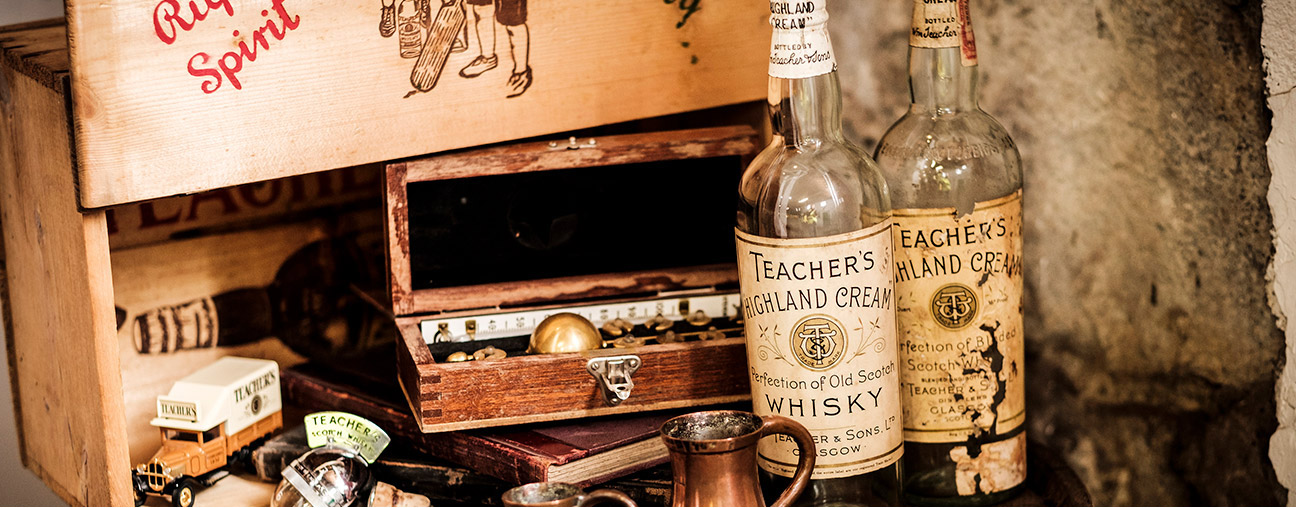
Our story
1860s. Teachers Highland Cream
In the early years of the whisky industry, merchants such as William Teacher had access to a constant supply of single malts and grain whiskies from across Scotland. When the Spirits Act was passed in 1860, William Teacher was legally allowed to experiment and create his own whisky for sale in his dram shops. It was during this time that William Teacher crafted a whisky with an unusually high peated malt content. It had such a deep rich flavour and unique flavour profile that he considered it perfection itself and it was this whisky that Teacher considered good enough to carry his name. And so Teacher’s Highland Cream came into being.
When William Teacher died, less than 15 years later in 1876, it was his second son William Junior and his younger brother Adam that worked to keep their father’s spirit alive. The company became known as William Teacher & Sons Ltd and it was their forays into the business of exporting that proved key to the growth of the company.
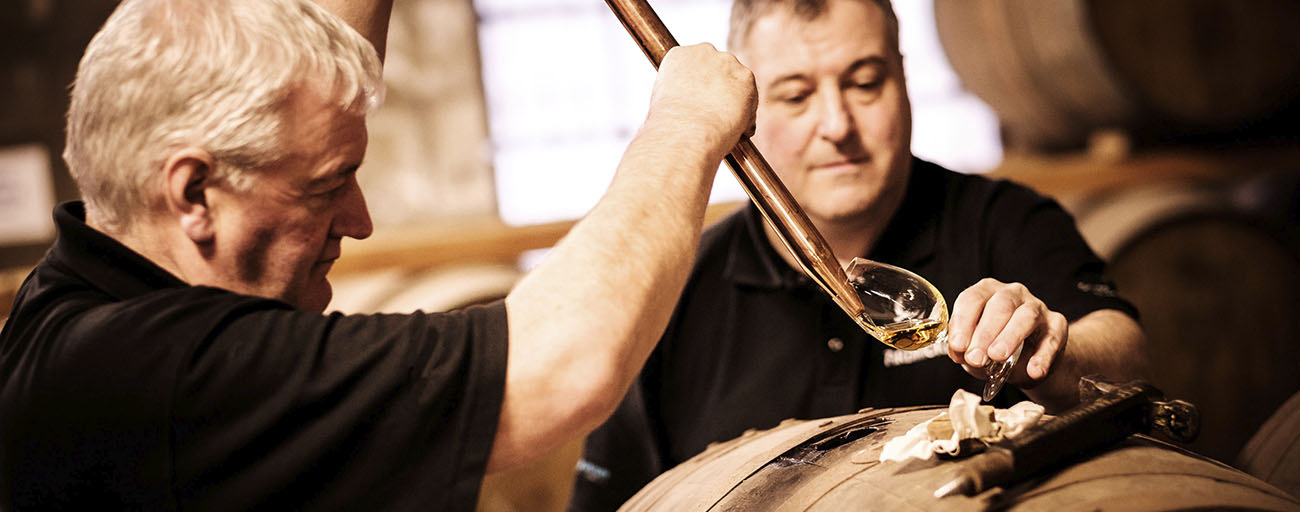
Experts guide
Scotch Whisky Tasting
You don’t need to be an expert in Scotch whisky to enjoy it. However we would like to offer a few tasting tips to help you understand the different styles and help you to discover the ones you’ll love.
To get started all you need is some Teacher's Scotch whisky, a glass and a little water. Nosing glasses tend to be tulip shaped as they encase the aromas directing them to your nose. So pour a dram of your favourite Teacher's and let’s get started.

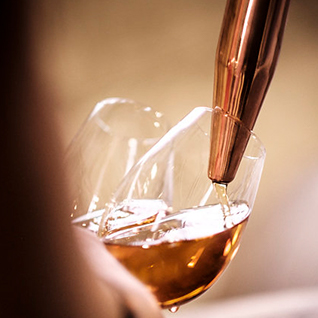
Colour
Hold the glass up to the light to see the colour. Is it light in colour or dark and rich – gold, amber, mahogany? Generally speaking, the longer the whisky is aged the darker it gets.
The new made spirit that fills the barrel or cask is a clear liquid. Over time, changes in temperature and humidity cause the alcohol in the barrel to be pushed in and out of the casks’ wood. The length of time and the type of cask used during maturation all influence the colour of the whisky.
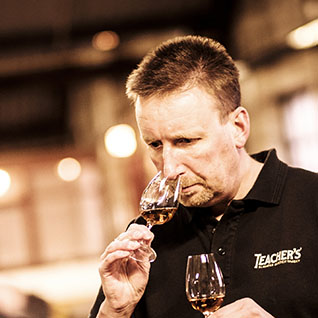
Nosing
This is an essential part of the tasting experience. Swirl the Teacher's Scotch around to release the aromas and - whilst keeping your mouth slightly open - breath in the aromas through your nose. Do you smell fruits, heather, smoke?
Everyone will have their own descriptions often bringing back memories of times gone by. We suggest nosing several times as the bouquet will open and you will experience different characteristics of the whisky. To further open up the whisky, you can add a little water.
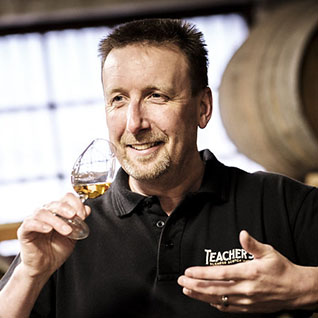
Palate
Take a sip of the whisky and let it linger in the mouth. Notice the texture. How does it feel? Dry, refreshing or strong spirited? Are the flavours the same or are there new tastes? Does the whisky change as you swallow it?
Finish
The finish refers to the amount of time that the whisky lingers on the palate once you have swallowed it. Does the flavour disappear quickly? Or does it last and the flavours evolve?









